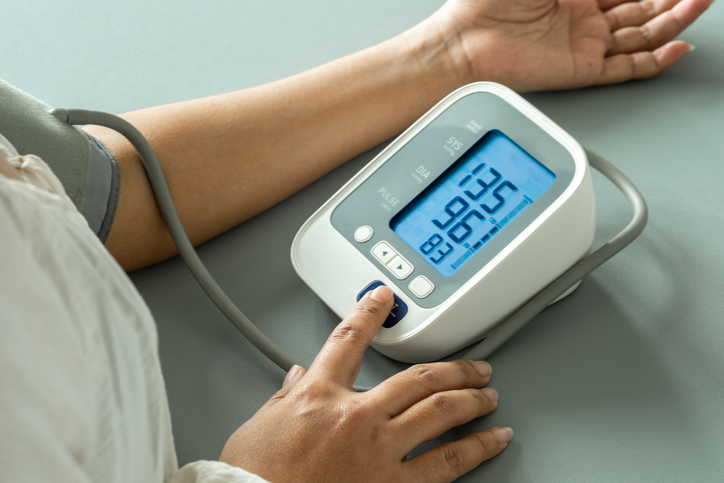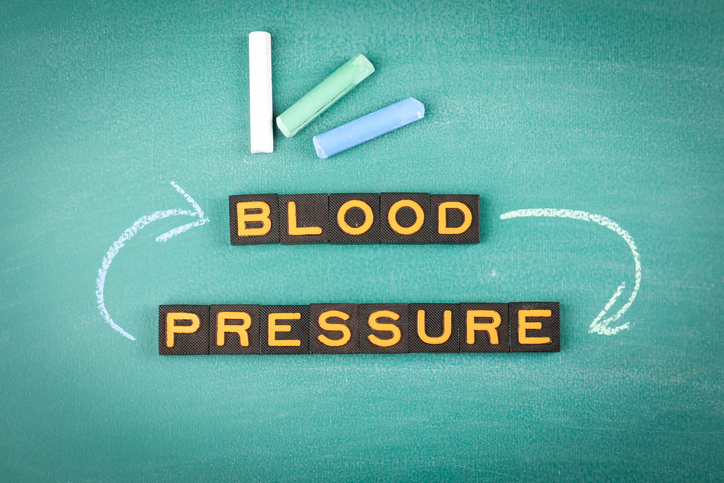
Commonly used arm positions with a person’s arm at their side or on their lap result in a significant overestimation of blood pressure (BP) readings and may lead to the misdiagnosis of hypertension, according to a study published in JAMA Internal Medicine.
Accurate blood pressure readings stand as a cornerstone of hypertension diagnosis and management. To achieve an accurate measurement, current clinical practice guidelines emphasize several key steps for accurate measurement, including appropriate cuff size selection, back support, feet flat on the floor with legs uncrossed, and appropriate arm position, the researchers noted. However, proper arm positioning remains overlooked on a daily basis.
To date, few studies have assessed the impact of arm position on BP. Therefore, researchers compared three seated arm positions: (1) the standard reference position (arm supported on a desk with midcuff at heart level), (2) arm resting on the participant’s lap, and (3) arm unsupported on the participant’s side. The trial consisted of 133 participants. The primary end points of interest were defined as differences in mean systolic BP and diastolic BP between the reference BP and the 2 arm support positions (lap and side): (lap or side − desk 1) − (desk 2 − desk 1).
According to the results, BP readings obtained with arm positions on the lap or unsupported at the side were significantly higher than those obtained when a person’s arm was supported on a desk, the recommended position. The findings confirm that arm position makes a “huge difference” when it comes to an accurate blood pressure measurement, stated Tammy Brady, M.D., Ph.D., vice chair for clinical research in the Department of Pediatrics at the Johns Hopkins University School of Medicine and senior author of the study via a press release.
“If you are consistently measuring blood pressure with an unsupported arm, and that gives you an overestimated BP of 6.5 mmHg, that’s a potential difference between a systolic BP of 123 and 130, or 133 and 140 — which is considered stage 2 hypertension,” says Sherry Liu, M.H.S., an epidemiology research coordinator at the Welch Center for Prevention, Epidemiology, and Clinical Research, Department of Epidemiology, at Johns Hopkins Bloomberg School of Public Health and study author.
Brady added that results suggest that physicians need to pay better attention to best practice guidelines, and that patients “must advocate for themselves in the clinical setting and when measuring their BP at home.”







 © 2025 Mashup Media, LLC, a Formedics Property. All Rights Reserved.
© 2025 Mashup Media, LLC, a Formedics Property. All Rights Reserved.